Molds are often seen growing on rotten food. But, they can thrive in almost any organic surface, including the walls, books, clothes, and virtually any item found in a home.
Specific conditions and activities at home make molds a common occurrence, especially in spaces where there’s too much moisture and oxygen.
Besides making your property less appealing, mold growth may lead to potential health problems. Below, discover how these types of fungi develop inside your home, as well as how to remove them and prevent their proliferation.
How Molds Form
Before manifesting as ugly discolorations in areas most prone to water damage in your home, molds need the right conditions to form and develop.
These elements include:
- Mold spores, which act as ‘seeds’ that land on the surface
- A food source, which is practically any organic surface
- Darkness, as molds can’t thrive under ultraviolet light
- Warmth, because molds can’t proliferate in cold or freezing temperatures
- Oxygen, as a nutrient source
- Moisture coming from water leaks and humidity, or condensation
Of these conditions, moisture is, perhaps, the most critical factor, being that the absence of dampness in your home helps prevent its formation. Molds can develop rather quickly, from 24 to 48 hours, when you have the above-mentioned elements.
Common Causes Of Mold Growth In Your Home
There are a lot of factors that can promote mold growth in your living space, and they almost always include too much moisture.
1. High Humidity – The summer and rainy seasons make your home more prone to mold growth. That’s because high humidity is an important factor for these fungi to develop. Apart from the weather, your beach house may also develop molds easier because of wet air.
2. Flooding – If you live in an area commonly devastated by flooding, you’ve probably been often bugged by mold growth, too. These unwanted organisms develop rather quickly, whereas the sections in your home take a few days to dry up.
Molds may cause serious problems. According to the Environmental Protection Agency (EPA), molds can trigger allergies, skin rash, and other symptoms similar to hay fever.
3. Condensation – Cold air causes condensation to take place. When this happens, moisture stays on the surface of the affected material, an open invitation for mold proliferation. While you may be often used to seeing condensation on metal surfaces, concrete and wood can house condensed air, too.
4. Leaking pipes and roof – Leaky pipes are one of the most common causes of mold growth showing up on your walls. In some instances, these problems remain detected, especially if it happens in between your walls.
A damaged roof may lead to a wet attic and ceiling. Like leaky pipes, it can take time before being discovered, often, only after mold has developed.
5. Poor Ventilation – Dampened air can stay longer in places where less air is circulated, allowing for this type of fungi to develop. An area that’s often wet, such as the bathroom and the kitchen, are prone to fostering molds, too.
6. Damp Clothes- When you’ve got wet clothes piling up anywhere in your home, don’t be surprised to see fungi finding its way in between the pieces. This is true, especially if your laundry room is not well-ventilated.
7. Lack of Basement Maintenance – Located in the bottommost part or your home, the basement often suffers from poor ventilation and high condensation rates. It also doesn’t help that water leakage often ends up on your basement floors. These are all a perfect recipe for mold formation.
3 Steps To Remove Mold Formations
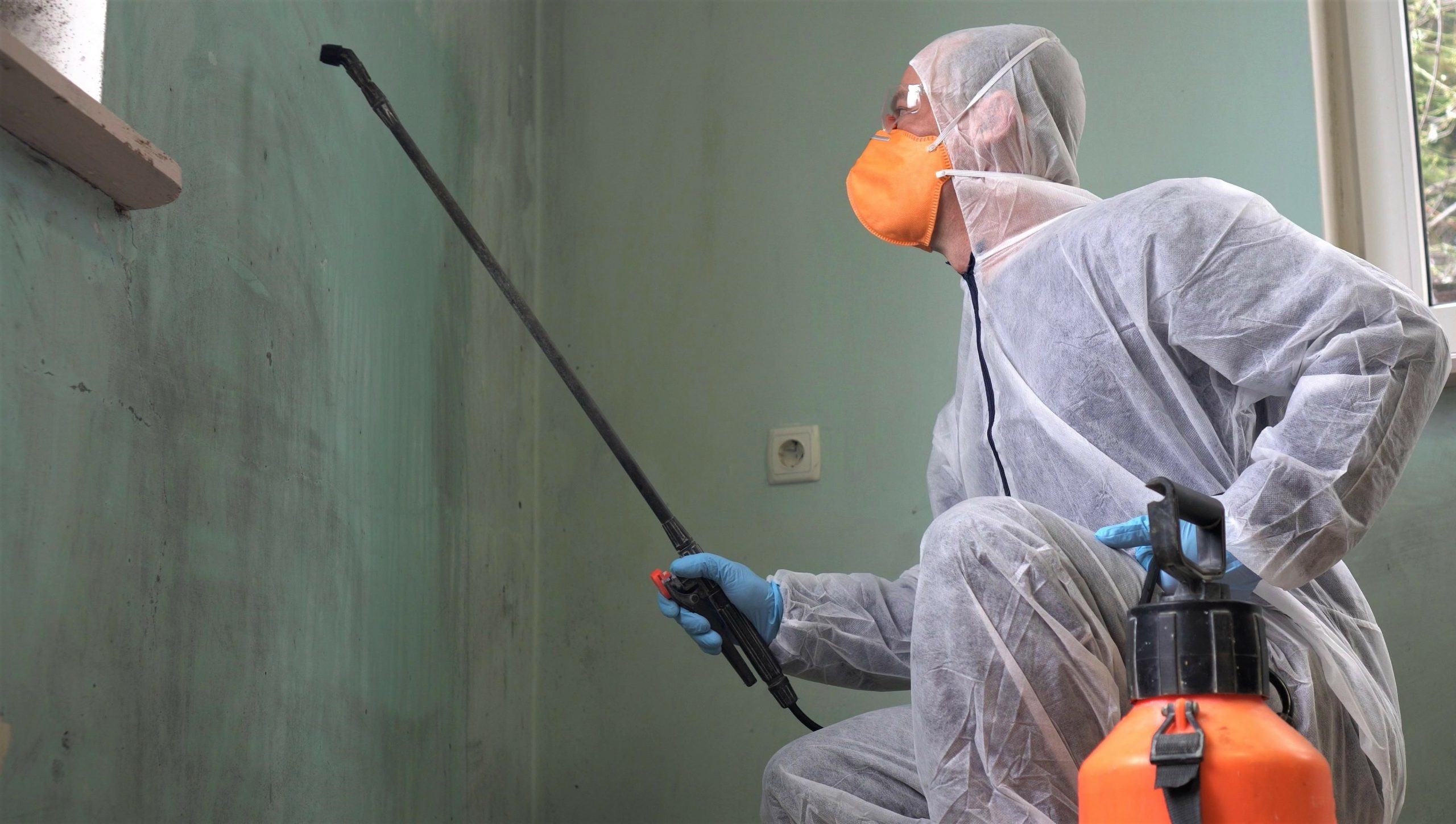
If molds have developed in any part of your home, here’s what you can do to prevent it from getting worse:
- Spray the affected area with clean water. You can also use a combination of water, vinegar, and some soap for a more potent mix.
- Use a sponge to rub the spores off. Change water and sponge often to prevent the mold from spreading out.
- Allow the area to dry for at least two days.
Often, mold growth remains unnoticed. But, some cleaning companies have special tools to detect hard-to-find fungi. If you don’t want molds and other formations to dampen your spirits, you may visit Moisture Master Pros LLC for more details or other similar resources.
How To Prevent Mold Growth
- Keep all things dry and clean to leave no chance for spores to grow on dirt and grime.
- Install exhaust fans to encourage better air circulation in poorly ventilated areas.
- Purchase dehumidifiers to minimize humidity by up to 60%.
- Have your plumbing system checked at least one every year.
- Encourage proper ventilation in often damp and hot areas, such as your kitchen and bathroom.
- Immediately dry wet clothes or hang them outside.
- Molds hate sunlight and cold temperatures, so make sure to periodically open your windows.
Final Thoughts
Being that moisture is the most critical element in mold formation, the key to preventing fungi infestation is to minimize your home environment from getting wet.
Once formed, it’s possible to get rid of them. But, cleaning professionals are still your best and safest bet for complete removal.

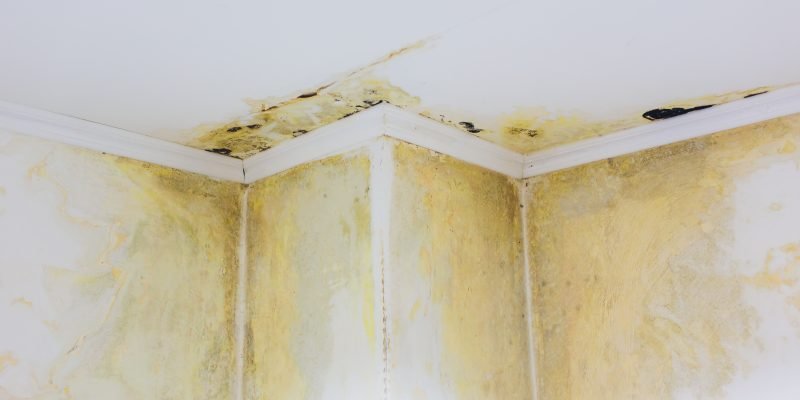
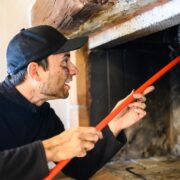
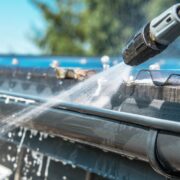
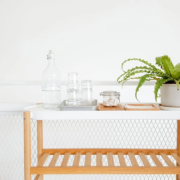
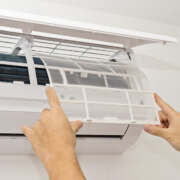

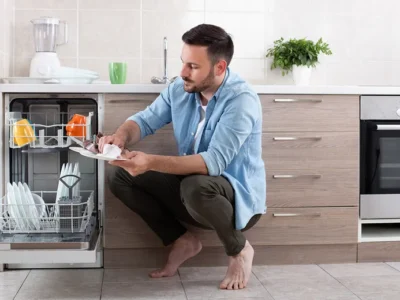
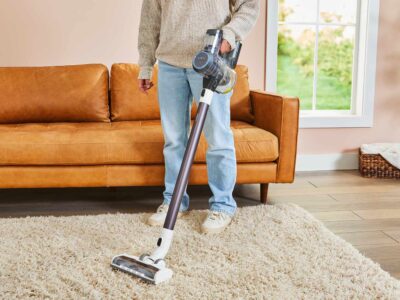
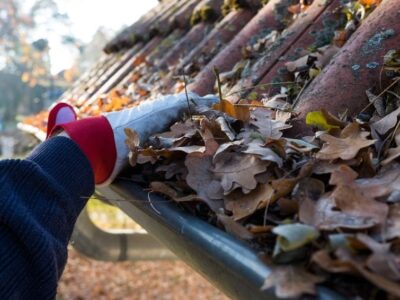




Comments